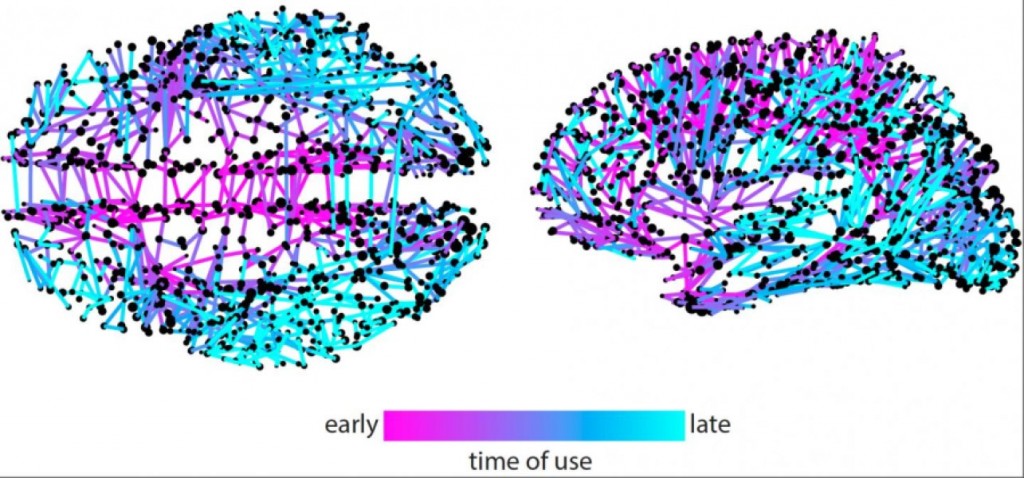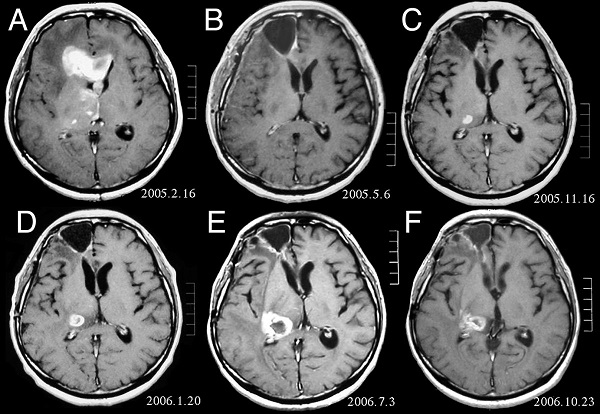
The FOXG1 gene is responsible for the unusual neuron development in the brain of autistic children and future studies will have to inhibit its production to prevent brain alterations.
A recent medical experiment conducted by experts at the Yale School of Medicine has shown how scientists use mini brains from skin cells to shed light on autism. Based on their most recent findings, it appears that the gene FOXG1 is responsible for the erratic development of neurons in the brain of an autistic child.
Many more scientific endeavors are being conducted each day to find new treatments for severe illnesses, such as, autism and cancer. The most recent experiment in this sense was carried out by experts at the Yale School of Medicine, who wanted to observe how autism develops in infants’ brains.
Researchers used stem cells withdrawn from autistic children with abnormally large brains and heads. These cells were compared to the samples withdrawn from their healthy fathers for a better illustration of the evolution of the disease.
The stem cells have been preserved in the laboratory for a time interval of 31-100 days, enough to allow the skin cells to recreated mini brains. During this period of time, scientists have paid close attention to the evolution of the mini brains, more specifically the development process of the cerebral cortex.
At the end of the experiment, scientists were able to conclude that the brain of autistic infants present abnormal activities within the cell cycles, particularly those related to the inhibitory neurons. According to medical experts, children who suffer from autism have too many inhibitory neurons, as well as synaptic overgrowth, which explains the neural clashes occurring in their brains.
Flora Vaccarino, the lead author of the study, told the press that the findings of their experiment prove that there is a strong link between these abnormal neural activities and the development of brain affections in children, such as, autism.
During the study, scientists have also noticed that the gene FOXG1 appeared ten time more developed in the affected mini brains than it did in normal cells. For that matter, scientists isolated and inhibited the production of the said gene. This change significantly lowered the evolution rate of autism, as well as the alteration of the brain cells.
Based on this discovery, scientists think future treatments for autism should take into consideration the influence of FOXG1 gene. Additional cures would have to first regulate the levels of FOXG1, Vaccarino has concluded.
The findings of the study were published in the journal Cell.
Image source: sciencedaily.com









